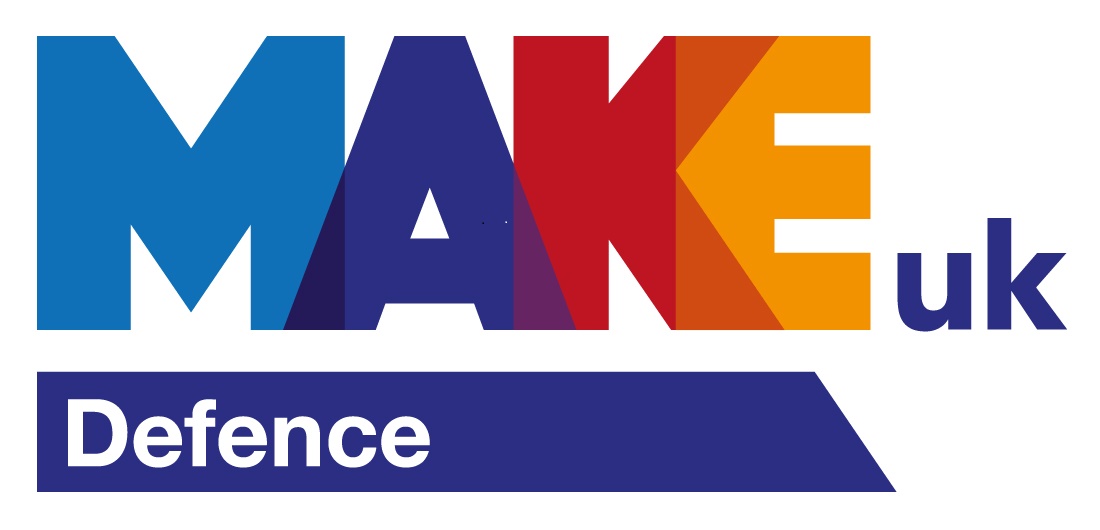Any business that has ambitions to grow – whether that is expanding into new market segments, launching new products and services, or beating the competition to become a market leader – will need a communications strategy. Like any strategic business document, such as a business plan or sales strategy, a communications strategy will normally seek to answer the following:
- Internal and external analysis – What factors will influence our strategy and how we communicate to stakeholders?
- Goals and objectives – What do we want to achieve with our communications?
- Target segments and audiences, and positioning – Who are we targeting, and how do we position our products and services?
- Tactics and actions – How will the company achieve its communications objectives and who is responsible for this?
- Analysis and measurement – How can we measure the success of our communications strategy?
Answering these questions and using this structure in a communications context will provide the bulk of what a comms strategy contains [1], and in this blog we will explore what you can do to address each point. But firstly, let’s look at what a communications strategy is.
What is a communications strategy?
A communications strategy is a company-wide or departmental document that ensures coherence and alignment for any communications activities, whether long term or for a specific project, and can relate to internal or external activities. As a strategic document, it will guide all communications activities and ensure that the company understands the goals and objectives, how they will be achieved, who will be responsible for activities, and how success will be measured.
At a tactical level, the communications strategy will normally set out:
- Key messages and value propositions for your brand and products
- Your target audiences and how to influence and engage with them
- Tone of voice
- The channels to be used to communicate with audiences
A communications strategy will normally be the responsibility of the in-house marketing (or sometimes PR or communications) team, potentially with the help of an outside agency, but its formulation and implementation will require input from many stakeholders across various departments, including senior and board-level management.
Review – auditing past and current performance
Before rushing into any strategy development, it’s a good idea to cast a critical eye and ask: how has the company performed up to now when it comes to communications? Has there been a comms strategy put in place before? Have there been barriers to implementing a comms strategy in the past? Who has traditionally been central to product and brand positioning for the company as well as defining key messages and target audiences?
It certainly helps if there has been work on a communications strategy before, but of course it’s not essential. Many companies don’t have a formal strategy on paper, and it’s not unusual that it resides in the heads of the senior management team or founders.
Internal and external analysis
This should be a period during which the team undertakes detailed research to understand the internal and external factors that will impact a communications strategy. This will usually be a mix of quantitative and qualitative research, and the higher quality of research carried out will often translate into a stronger strategy overall.
A PEST (Political, Economic, Society and Technology) analysis is a great way to understand the external environment and will particularly help in areas such as audiences and messaging. Market analysis and understanding competitors and their behaviours will also give insights into how to communicate within that space.
An internal analysis will look at how team members are currently talking about the company’s products and brand. Equally, it will determine how external stakeholders talk about you and if key decision makers in your segments know about your solutions. If they don’t, you can then ask yourself where the shortfall in your communications is.
Other important internal factors to determine will be the resources available to execute the strategy, particularly financial and human, which can help or hinder activities.
This audit should also look at how you currently segment audiences and personas, and how your current communications and chosen channels align with their behaviours and requirements/pain points. Developing personas is not unique to a communications plan, and in theory this type of work should have already been done as part of wider marketing plans.
Goals and objectives
This is one of the key elements of any strategy and outlines clearly what you and the team want to achieve from the hard work you’re about to put in. Objectives are a way to focus efforts and ensure that the team is aligned on what’s expected of it. How the team will meet these objectives will be a follow on activity.
We often look at setting out top-level goals or aims that the organisation has for the communications strategy, such as repositioning the business or raising awareness of certain solutions. This will involve developing key messaging, as well as value propositions for specific departments or particular products/services – although this normally comes later in the plan.
For structure, we can also think about how the goals fit into the classic AIDA (Attention, Interest, Desire, Action) sales cycle. For instance, do we want our communications to increase attention, or influence specific actions?
While goals or aims are effectively aspirations for the company’s communications strategy and don’t need to be measurable, the objectives on the other hand do have to be measurable. As is always good practice for objectives, they should be SMART, meaning they are specific, measurable, achievable, relevant and time-bound. To understand the link between your aims and objectives, it can be good to have them side by side, for example:
|
Aim |
Communications objectives |
| Raise awareness of Company X’s expertise in widget technology | Earn 10 media mentions in specialist press in the next six months |
| Increase leads for the company’s newest industrial machinery product |
Write five SEO-optimised thought leadership blogs in the next six months |
Understanding your audience will be critical to your communications strategy.
Positioning, market segmentation and target audiences
As part of your communications strategy, it is important to identify the market segments and audiences/stakeholders that will be central to your communications, especially so-called decision making units (DMUs) that will made up of several interrelated stakeholders.
At the same time, it is critical to identify how your company wants to position itself (and its products and services) in specific market segments and how this differentiates the business. This is strategic in nature and will have a significant part to play in the communications strategy, particularly when it comes to focusing activities.
Ultimately your target audience is who you will be speaking with – and attempting to influence – across your communications channels. These are stakeholders that will move swiftly along the sales funnel if they are communicated with at the right time, on the right channels, with the correct messaging. It is therefore important to build target personas, which will help you understand their pain points, professional motivations, and their preferred communications channels. This will then be a useful resource when it comes to formulating key messaging and where that messaging is broadcast.
We’ve written previously on how to analyse your audiences and map out your key stakeholders, which can be found here.
Tactics and implementation
Now we know where we want to be and who we are communicating with, it’s time to put the wheels in motion and set out how we are going to tactically meet the objectives we have identified. This is where the team will be “hands on” and carrying out activities that will be tactical in nature, but with the strategy acting as a guiding star.
There are various tactics in the marketing mix that can help the team meet the strategy’s objectives. This could include developing new promotional marketing material to reflect the company’s new positioning within a sector, including content marketing and video production, or a PR campaign that aims to highlight a specific product and its attributes to specialist media in a target market.
A communications strategy will also set out the responsibilities for the tactical elements: who does what and when. This is usually laid out in a GANT chart and can also have budgetary allocations that help the team understand the costs associated with specific tactics, as well as deadlines for completion.
Measuring success
Last, but certainly not least, is measuring the success of your communications strategy and understanding its performance. Most marketing and communications teams will be leveraging the digital environment to measure performance, gathering different types of data using a variety of online tools. These include:
- Google Analytics 4: Used to measure website visitors, user behaviour, and conversions.
- Social media analytics: Used to assess performance of social media campaigns, including engagement rates, impressions, and click throughs.
- Brand monitoring: There are numerous software tools available to measure brand mentions online from various news, blog and social sources.
- SEO: Specialist tools that can be used to track the performance of your webpages on search engines and how optimised they are.
By using a mix of these software tools, the communications team will be able to see whether they have met goals that they formulated earlier in the strategy. If they are being met, then the team knows that not only has the communications strategy been a success, but they can review their goals and be more ambitious in the future. Conversely, if goals are not being met, the team can review the goals and tactics, and examine why they haven’t been met and what needs to be improved for the future.
[1] This is loosely based on PR Smith’s SOSTAC planning model, but is simplified in this instance.











